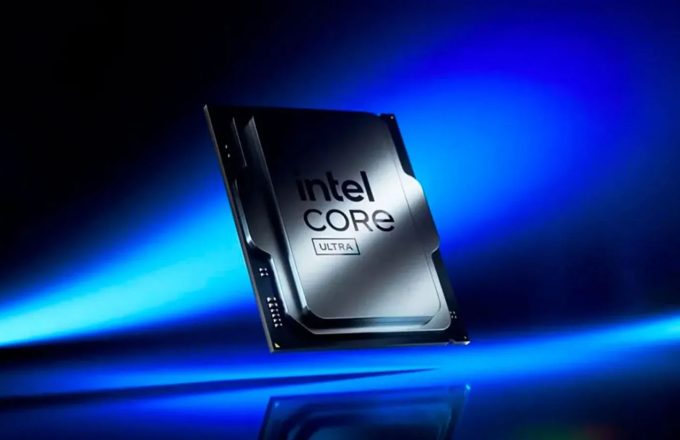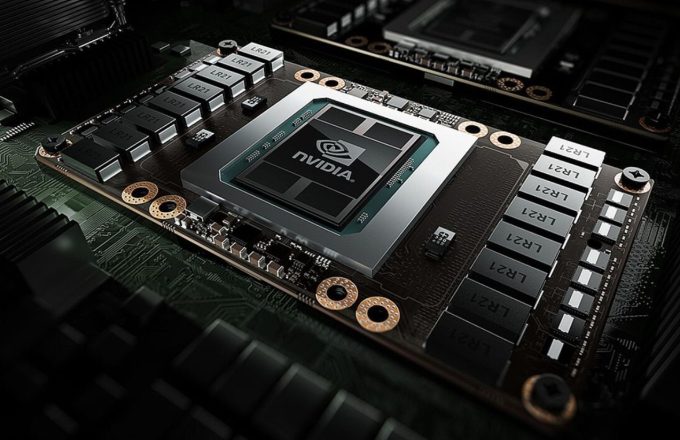When NVIDIA unveiled the launch prices of its new RTX 50 graphics card series, many users saw their worst fears confirmed. The price hike compared to previous generations came as a heavy blow to those hoping to upgrade aging GPUs. To make matters worse, the company’s suggested retail prices have largely been ignored by board partners, further limiting consumer access.
In recent weeks, some RTX 50 models have seen price drops, with some even falling below NVIDIA’s official MSRP. However, that relief appears to have been short-lived. Recent reports from China indicate a new round of price increases, ranging from 10% to 15%.
According to Taiwanese outlet Digitimes, NVIDIA is facing several financial challenges. Chief among them is the estimated $5.5 billion loss in revenue due to the ban on selling its graphics cards—both desktop and server-grade—in China. In addition, the ongoing trade tensions between the U.S. and China, particularly the tariffs, are taking a toll on the company’s bottom line.
Another cost burden stems from the relocation of TSMC’s production lines to the United States. This shift has significantly raised manufacturing costs, which are not absorbed by TSMC but instead passed on to NVIDIA, then to board partners, and ultimately to consumers.
To offset these growing costs and maintain revenue levels, NVIDIA has decided to increase the prices of all its products, with average hikes ranging between 10% and 15%, depending on the model. Unsurprisingly, board partners are unwilling to absorb the extra cost, passing it on to end users.
The situation paints an uncertain picture for the GPU market. Although AMD has also raised prices, its increases have been more moderate, potentially allowing it to gain market share from NVIDIA—particularly in the mid-range segment. Faced with this scenario, many consumers may choose to hold on to their current graphics cards for another year, hoping for more favorable conditions.
Traditionally seen as a more affordable alternative for gaming, consoles are also becoming more expensive. Even the much-anticipated Nintendo Switch 2 is affected by this trend, limiting the appeal of switching from PC to console. For around €600, one can get a gaming system capable of running most modern titles without worrying about hardware upgrades, but this comes at the cost of leaving behind an entire PC game library.
What’s clear in 2025 is that gaming—whether on PC or console—is becoming increasingly expensive. Not just due to rising GPU costs, but also because video game prices themselves continue to climb.




















